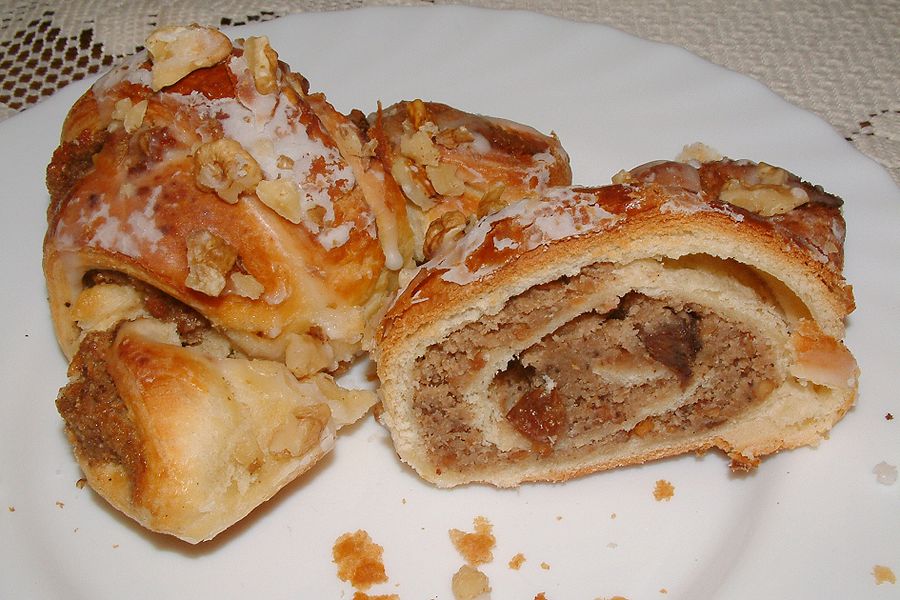Facts About St. Martin's croissant
St. Martin's croissant, known locally as "rogal świętomarciński" is a cherished pastry from Poznań and the Greater Poland region, traditionally enjoyed on St. Martin's Day. This delectable treat, filled with a distinctive white poppy-seed mixture, received official recognition and protection from the European Union in 2008.
The history of this croissant dates back centuries to ancient autumn feasts, where offerings were made to the gods. Its distinctive horseshoe shape is said to represent the horseshoe lost by St. Martin's horse. The tradition of baking these croissants on November 11 has been well-documented since at least 1860, with a charming legend suggesting that the modern practice began in 1891. Part of the croissant's appeal is its association with charity; wealthier individuals purchase the pastries, which are then distributed to the less fortunate for free.
The ingredients for St. Martin's croissant include white poppy seeds, vanilla, crushed dates or figs, raisins, cream, sugar icing, and ground nuts. Over the years, many individuals and organizations have worked diligently to preserve this delightful tradition, ensuring that each November, the streets of Poznań are filled with the sweet aroma of freshly baked croissants.

 Czech Republic
Czech Republic